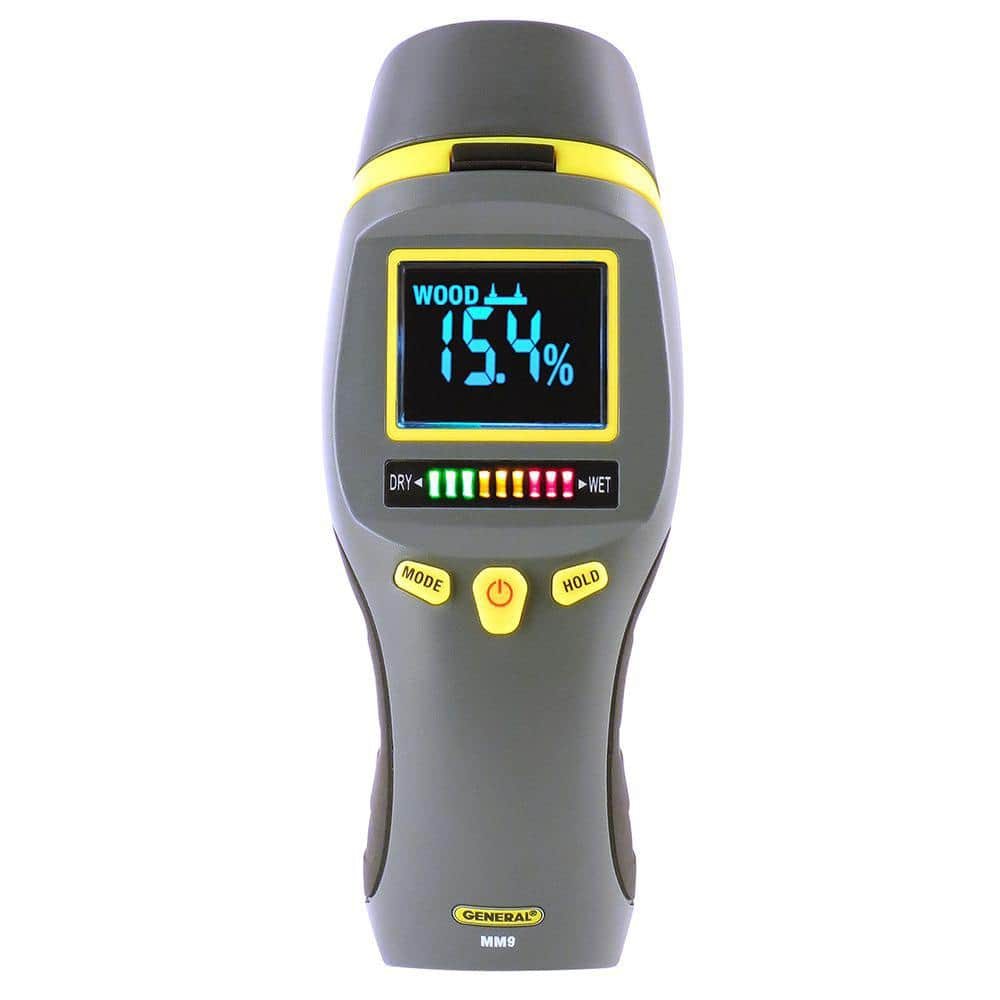Just How a Moisture Meter Can Enhance Your Construction Tasks and Stop Damage
Just How a Moisture Meter Can Enhance Your Construction Tasks and Stop Damage
Blog Article
Delve Into the World of Moisture Meters: Everything You Required to Know
In the realm of dampness meters lies a globe of precision and usefulness that frequently goes unnoticed. Recognizing exactly how moisture meters run, the different kinds available, and their diverse usages can shed light on their significance in making sure quality and effectiveness.
How Moisture Meters Work
Moisture meters operate by gauging the electrical conductivity or capacitance of materials to figure out the moisture material existing. These meters are indispensable devices across different sectors, consisting of agriculture, woodworking, and building. By using various approaches such as pin-type or pinless modern technology, dampness meters provide precise readings that assist specialists make educated choices.
Pin-type wetness meters function by placing the sharp pins into the material being tested. On the various other hand, pinless dampness meters use electro-magnetic signals to check a bigger area without causing any damage to the product's surface area.
Regardless of the method used, moisture meters play an important role in preventing issues such as mold and mildew growth, structural damages, or item issues brought on by excess wetness. Understanding just how these meters job is vital for ensuring the top quality and stability of materials in various applications.
Kinds Of Moisture Meters
Offered the vital role dampness meters play in different industries, it is necessary to comprehend the various kinds offered to professionals for accurately evaluating wetness levels - Moisture Meter. There are largely 2 main kinds of moisture meters: pinless and pin-type wetness meters

On the various other hand, pinless moisture meters make use of electromagnetic sensing unit plates to scan a bigger area of the product without triggering any damages. This type is ideal for swiftly scanning large locations and is commonly made use of for flooring, wall surfaces, and ceilings. Pinless meters are convenient for taking readings on completed surfaces without leaving any kind of visible marks.
Both kinds of moisture meters have their benefits and are chosen based on the details requirements of the work at hand. Comprehending the distinctions between these kinds is essential for specialists to make accurate wetness analyses.
Applications Across Industries
Construction specialists rely on wetness meters to evaluate the wetness levels in building materials like concrete, wood, and drywall, which is vital for maintaining architectural integrity and protecting against problems like rot or mold and mildew. The floor covering market makes use of wetness meters to gauge the wetness web content in subfloors before mounting various floor treatments, avoiding pricey damages due to excess dampness. In the food industry, wetness meters are made use of to keep track of and regulate moisture levels in products such as grains, nuts, and dried out fruits to maintain freshness and high quality.
Tips for Utilizing Moisture Meters
When gauging the moisture material look at this now in different products,Make use of the moisture meter's calibration settings to make sure exact analyses. Calibration is essential for the correct functioning of a wetness meter. Prior to each usage, it is suggested to check and adjust the calibration settings according to the particular product being examined. In addition, make sure the meter is set to the proper wetness variety for the product you are gauging to get one of the most specific outcomes.
When making use of a pin-type dampness meter, put the pins to the proper depth suggested for the product being examined. This ensures that the dampness analyses are drawn from the appropriate depth within the material, giving an extra precise representation of its moisture content. For pinless dampness meters, keep in mind to preserve correct call with the material's surface to get reliable analyses.
Frequently inspect and replace the batteries in your dampness meter to avoid incorrect readings as a result of low power. When not in use to extend its lifespan and preserve its precision, Store the meter in a risk-free and completely dry place. By adhering to these suggestions, you can take full advantage of the efficiency of your moisture meter and acquire precise wetness material dimensions across various products.
Maintenance and Calibration
To make certain the accuracy of wetness web content dimensions, regular upkeep and calibration of the dampness meter are necessary steps in its correct functioning. Maintenance entails maintaining the moisture meter clean and cost-free from particles that can impact its analyses. It is essential to comply with the supplier's standards for cleaning to avoid damages to the tool. In addition, regular calibration is required to confirm the precision of the readings. Calibration changes the dampness meter to make certain that it provides consistent and trustworthy results.
Calibration must be done regularly, particularly if the moisture meter is used frequently or in critical applications where precise dimensions are called for. Lots of wetness meters feature calibration devices or can be calibrated by professional solutions. Moisture Meter. It is advised to maintain a log of calibration dates and results to track the performance of the wetness meter gradually. By preserving and calibrating the dampness meter on a regular basis, individuals can trust the precision of the wetness content dimensions acquired.
Verdict

Finally, moisture meters play an essential function in various sectors by properly determining the dampness content of materials. Recognizing how these gadgets function, the various kinds available, and appropriate upkeep and calibration are essential for obtaining trustworthy outcomes. Whether in agriculture, construction, or manufacturing, the use of wetness meters assists make sure quality assurance and performance in procedures.

In conclusion, dampness meters play an essential role in different markets by accurately measuring the moisture web content of products.
Report this page